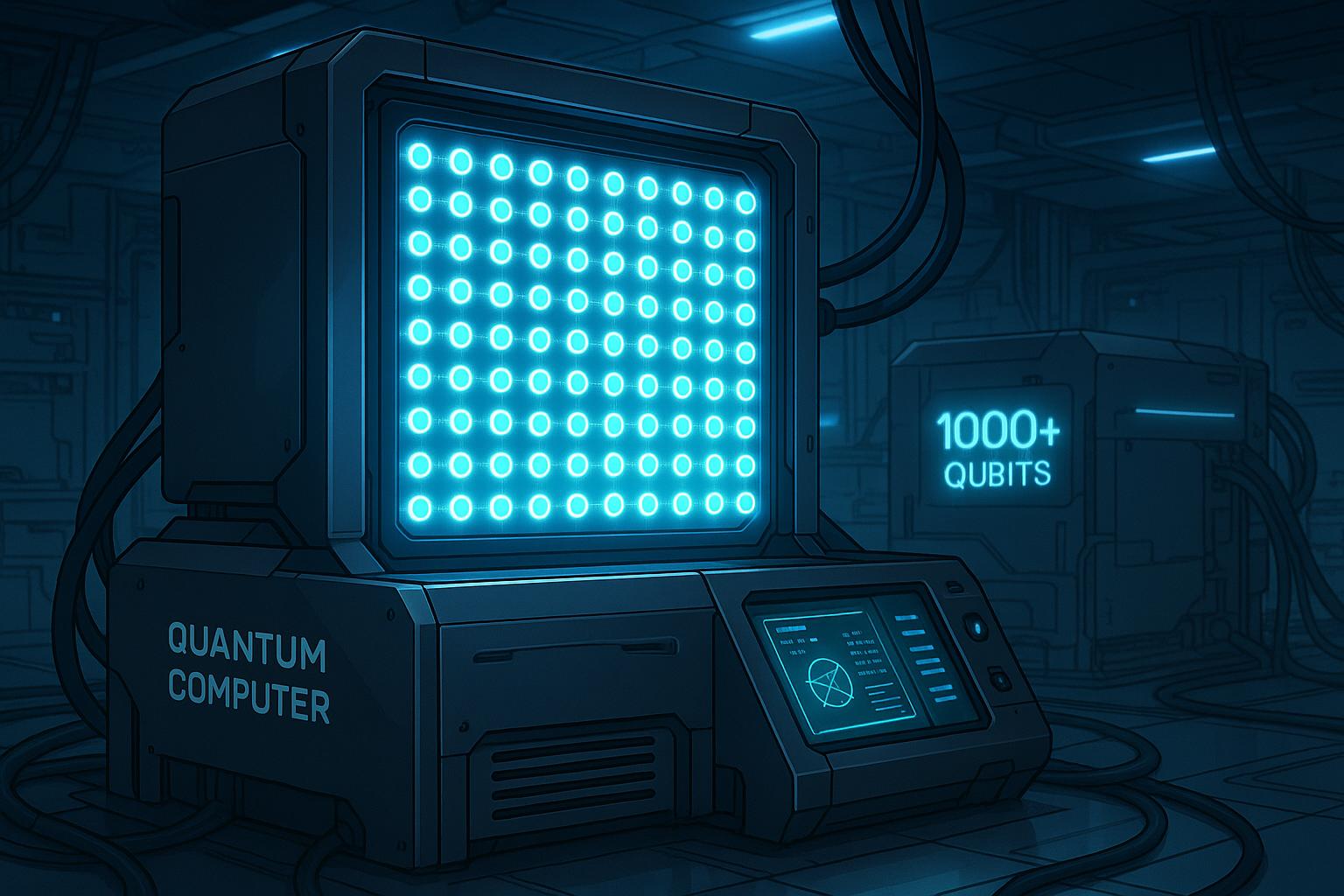A quantum computing startup, Nord Quantique, has embarked on an ambitious journey to develop a utility-scale quantum computer boasting over 1,000 logical qubits by 2031. This initiative, if successful, could herald a transformative shift in the realm of high-performance computing (HPC), challenging the very foundations of traditional computing paradigms.
Nord Quantique's proposition hinges on a sophisticated technique known as “multimode encoding” through a method they call the Tesseract code. This innovative approach allows each physical cavity within their quantum system to represent multiple quantum modes, thereby enhancing redundancy and resilience while maintaining a compact design. Julien Camirand Lemyre, the company's CEO, has emphasised that this multimode encoding not only bolsters error correction capabilities but also circumvents the need for a cumbersome array of physical qubits typically required in quantum systems. Their design aims for a reduced operational footprint, occupying merely 20 square metres compared to the sprawling 1,000 to 20,000 square metres demanded by existing platforms.
The implications of this reduced scale are profound. Smaller systems potentially simplify the transition to utility-scale operations, as they require less elaborate cryogenics and control electronics. Moreover, in a significant technical demonstration, Nord’s system showcased remarkable stability over 32 error correction cycles, with no observable decay in quantum information. Expert Yvonne Gao, an Assistant Professor at the National University of Singapore, remarked on the impressive capabilities of their multimode Tesseract encoding and its significance in advancing toward utility-scale quantum computing.
However, scepticism lingers in the quantum community. Despite these promising results, doubts remain regarding the independent validation of Nord Quantique's claims. The company's assertion that its system could crack RSA-830—a substantial cryptographic challenge—in just one hour while using 120 kWh of energy is striking. In contrast, traditional HPC systems would require around 280,000 kWh over nine days to achieve the same result. Although the potential for energy efficiency is intriguing, the milestones toward practical deployment of quantum computing technologies can be perilously vast.
In tandem with Nord Quantique's pursuits, Atom Computing has announced its own advancements in quantum technology, unveiling a 1,225-qubit quantum computer. This achievement places Atom at the forefront, exceeding the previous capabilities of IBM's Osprey processor. Atom's approach uses neutral atoms as qubits, leveraging lasers to maintain precision and stability while presenting scalability advantages through a two-dimensional grid system. They aim to develop a fault-tolerant quantum computer capable of executing quintillions of operations per second. Such progress mirrors the competitive landscape within quantum computing, highlighting the race to overcome existing barriers in error correction and scalability.
As the venture into quantum computing accelerates, the interplay between Nord Quantique’s and Atom Computing’s methodologies underscores the growing momentum within the industry. Both companies are tackling pivotal challenges; while Nord proposes innovations with a focus on compactness and energy efficiency, Atom seeks to demonstrate the viability of scaling qubits effectively. The journey towards practical quantum computing continues to be one filled with promise, alongside a necessity for rigorous validation and consistent real-world performance. As this technological race unfolds, the stakes for cybersecurity, computational speed, and energy sustainability have never been higher.
Reference Map:
- Paragraph 1 – [1]
- Paragraph 2 – [1], [6]
- Paragraph 3 – [1], [3], [4]
- Paragraph 4 – [1], [5], [6]
- Paragraph 5 – [2], [3], [7]
- Paragraph 6 – [1], [2], [4]
Source: Noah Wire Services
